October 29, 2015
Facilities management must become more strategic or risk becoming irrelevant 0
 A new report claims that there are persistent and well-founded perceptions at boardroom level that facilities management is a support function with little or no strategic relevance and that this poses a serious risk to the discipline. While this may raise few eyebrows amongst those who have been aware of the problem for many years, what is startling is that the report comes from the International Facilities Management Association. The report, Redefining the Executive View of Facility Management, authored by Richard Kadzis, highlights the long reported mismatch between this perception and that of facilities managers themselves who believe they represent an industry that continues to adapt to a changing world and add value to the organisation. Conversely, senior executives see FMs as ‘glorified custodians’ whose performance should be measured in terms of the money they save the organisation.
A new report claims that there are persistent and well-founded perceptions at boardroom level that facilities management is a support function with little or no strategic relevance and that this poses a serious risk to the discipline. While this may raise few eyebrows amongst those who have been aware of the problem for many years, what is startling is that the report comes from the International Facilities Management Association. The report, Redefining the Executive View of Facility Management, authored by Richard Kadzis, highlights the long reported mismatch between this perception and that of facilities managers themselves who believe they represent an industry that continues to adapt to a changing world and add value to the organisation. Conversely, senior executives see FMs as ‘glorified custodians’ whose performance should be measured in terms of the money they save the organisation.









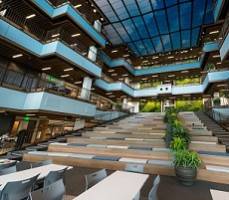
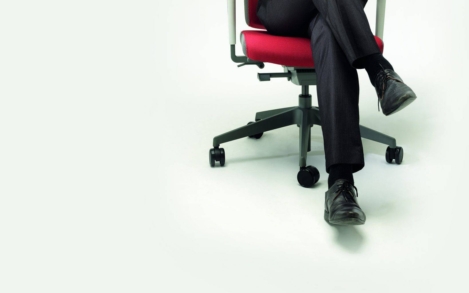
 In years gone by, a ‘one size fits all’ approach to office design might have been the norm, but as the decades have progressed, so too have the options available to businesses designing ‘homes from home’ for their office-based workforces. As new interpretations of the office environment proliferated, so the open plan model came to into being and eventually evolved into the default office design model. This initially brought greater variety than ever before but, ultimately, a one size fits all mentality in
In years gone by, a ‘one size fits all’ approach to office design might have been the norm, but as the decades have progressed, so too have the options available to businesses designing ‘homes from home’ for their office-based workforces. As new interpretations of the office environment proliferated, so the open plan model came to into being and eventually evolved into the default office design model. This initially brought greater variety than ever before but, ultimately, a one size fits all mentality in 
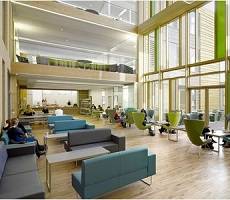



 The commercial property markets in the world’s major cities are evolving against a backdrop of ongoing economic and political uncertainty, according to
The commercial property markets in the world’s major cities are evolving against a backdrop of ongoing economic and political uncertainty, according to 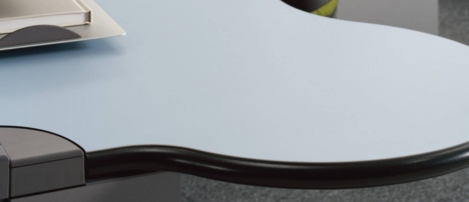
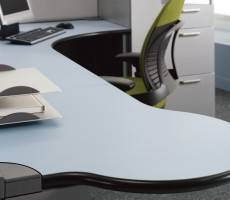 I was involved in a meeting with an office fit-out company this week which involved a discussion of how their clients can develop misconceptions about the extent to which their contemporaries are introducing new office design and management models based on agile working, shared space, mobile technology and all that other good stuff. This presents a particular challenge for firms in the sector because their day to day experiences of what clients talk about and ask from them can be pretty removed from the things talked about in the media. If you were to judge the state of the office solely on the basis of what you read and hear and see at shows, it would be easy to conclude that the office is indeed dying and dragging down with it the markets for office furniture, commercial property and traditional technology. The problem is that the facts don’t support that notion at all.
I was involved in a meeting with an office fit-out company this week which involved a discussion of how their clients can develop misconceptions about the extent to which their contemporaries are introducing new office design and management models based on agile working, shared space, mobile technology and all that other good stuff. This presents a particular challenge for firms in the sector because their day to day experiences of what clients talk about and ask from them can be pretty removed from the things talked about in the media. If you were to judge the state of the office solely on the basis of what you read and hear and see at shows, it would be easy to conclude that the office is indeed dying and dragging down with it the markets for office furniture, commercial property and traditional technology. The problem is that the facts don’t support that notion at all.




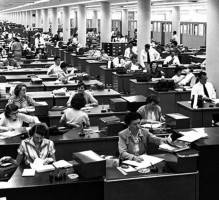








October 27, 2015
Seven ways your choice of new office may boost business performance 0
by Darren Bilsborough • Comment, Facilities management, Property
(more…)